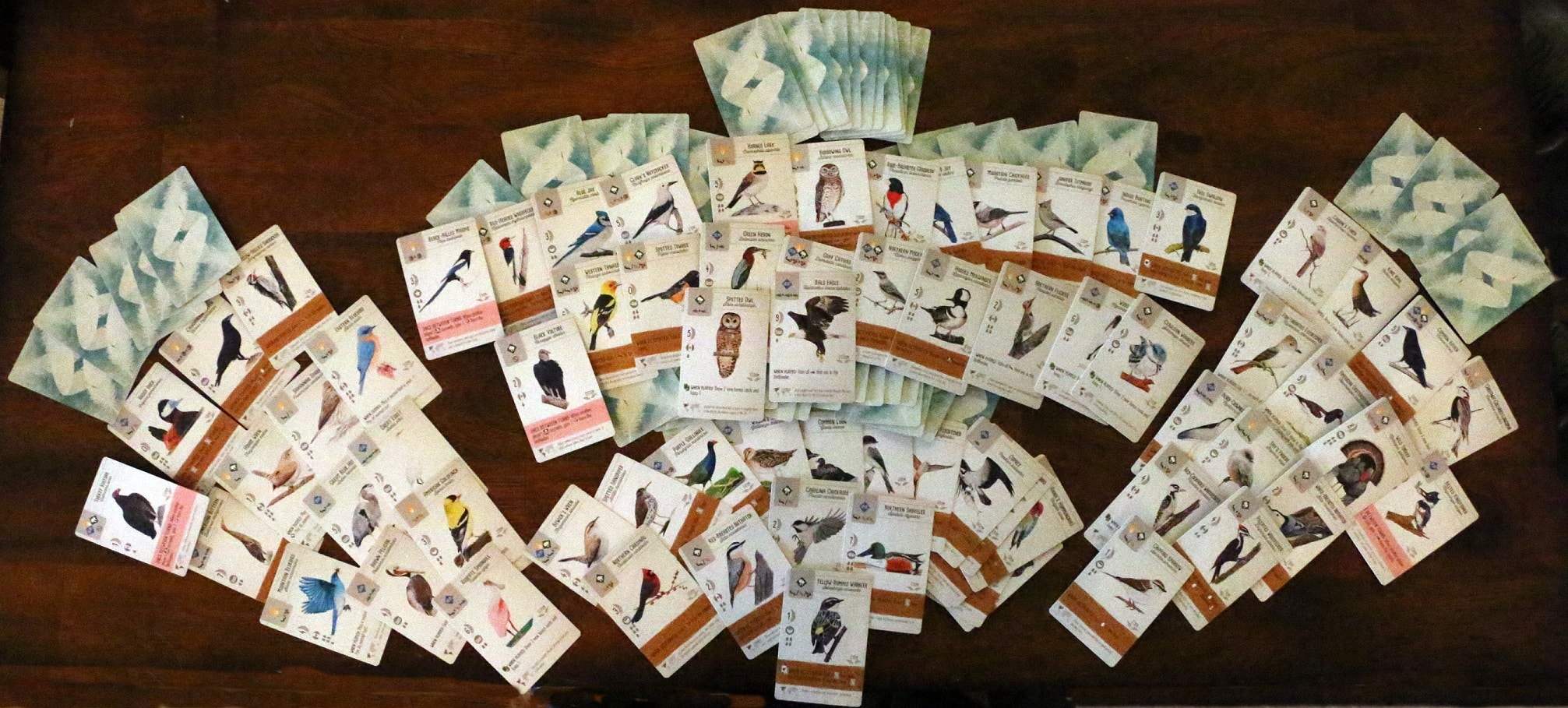Making a tabletop game takes a lot of effort and a lot of people. Everyone will think of game publishers and game designers, maybe even playtesters. There are also rulebook writers and editors, the manufacturers and distributors, as well as the marketing people, and many more. Who are often overlooked are the illustrators, even though it is their work that for many of us will be in our mind when we think about games.
I appreciate not everyone is a visual person. For some, games are about mechanisms, or good rules, maybe great miniatures or components, or some other element. Anyone with a visual impairment, the illustrations will be probably at the bottom of their list of things they remember about games. However, I am a very visual person and I am surprised how few game illustrators I can name, even though I love the artwork of many games. In fact, I am embarrased to say that the only artists I can think of is Jakub Różalski for his work on Scythe by Stonemaier Games.
Yet, there are plenty of games whose artwork I admire. For example Mystic Vale by Alderac Entertainment Group, or the amazingly beautiful Wingspan, also by Stonemaier Games. The problem is, I can’t name their illustrators without checking on Board Game Geek. Mystic Vale names nine artists: Ralf Berszuck, Storn Cook, Andrew Gaia, Katherine Guevara, Heather Kreiter, Kiri Østergaard Leonard, Matt Paquette, Kiki Moch Rizky and Martin de Diego Sádaba. Wingspan has had three illustrators: Natalia Rojas, Ana Maria Martinez Jaramillo, and Beth Sobel. In just two games there are twelve people whose names I’ve not known or heard before, but whose work I have admired greatly.
Of course, this could just be my ignorance, and there are certainly some game illustrators that are known in the industry whom I don’t know much about. However, I would say that a lot of people who love tabletop games have very little idea who the artist was for their favourite game. I think some of this is to do with how games are marketed – the designer, or designers, are usually mentioned alongside the publisher – and that’s about it. Saying that, game illustrators are usually listed on a game’s box art and again in the rulebook, so it’s not like the names aren’t there for all of us to see and get to know. It shows that publishers do like to advertise the people who are responsible for the visual impact of a game.

Get yourself a wooden Tabletop Games Blog dice tray.
Each tray is the perfect size to roll your dice, and with the soft mat, it’s really quiet, while the wooden frame makes it wonderfully sturdy.
So maybe it is because of how we choose games. More often than not we’ll be drawn to certain types of games, and chances are these games will have been designed by maybe one or two designers – or vice versa, we are drawn to certain game designers, because we like the sort of games they come up with. Designers also tend to be linked to certain publishers, so sometimes we choose a game because it was released by a publisher we know and trust. I tend to choose games if they have mechanisms that are new to me, so I’m often not tied to a designer or publisher, even though I would say that there are certain publishers who feature more frequently in my collection than others.
Either way, chances are that you don’t choose a game based on how it looks. You might be drawn to a certain game when you see it in a shop, or on a website, because it looks beautiful or otherwise draws you in, but you are unlikely to buy a game purely based on its looks. Price will pay a large role of course, as well as the type of game it is, what others think of it, the components included, and the amount of enjoyment you think you will get out of the game. The artwork is likely to factor into your enjoyment of the game, but will only be one, probably small, part of it.
So let’s pay game illustrators and other artists a bit more attention. I will make more effort to remember illustrators’ names and check what other games these amazingly creative people have worked on. I am sure I will be surprised how often I would have come across their names, if I had just paid a little more attention – and I encourage you to do the same.

Photo courtesy of Stonemaier Games

